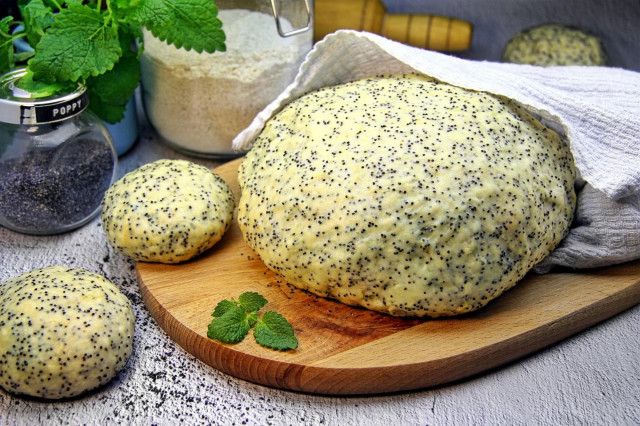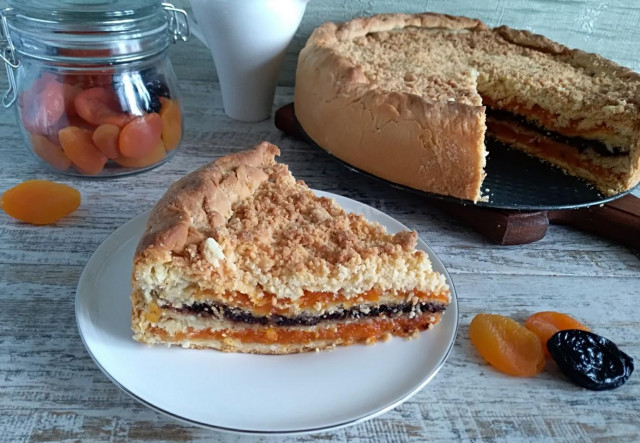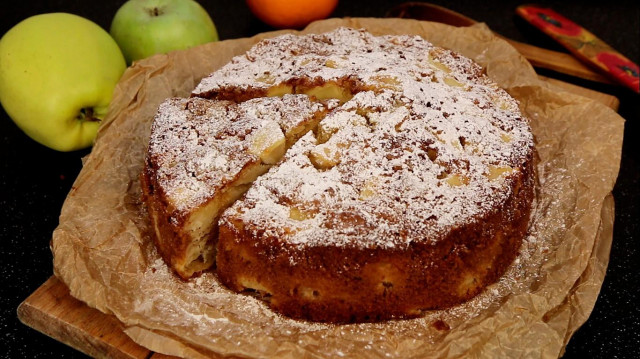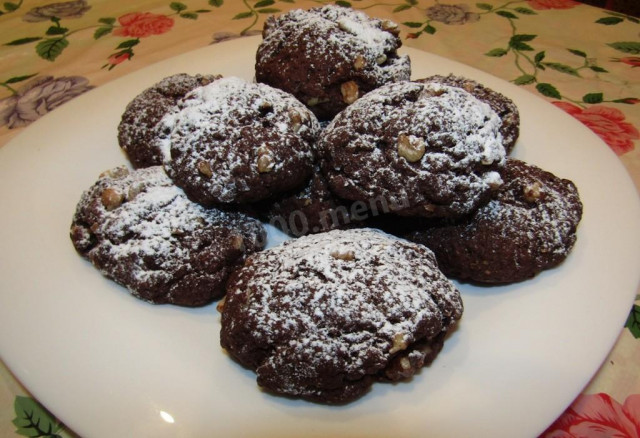Composition / ingredients
Step-by-step cooking
Step 1:

Soak the poppy in boiling water for twenty minutes. Get the butter out of the refrigerator so that it becomes soft. Drain the water through a sieve covered with gauze, otherwise the poppy, along with the water, will pass through the holes.
Step 2:
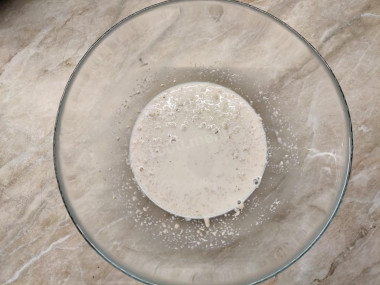
Heat the milk to forty degrees. It should be warm, not hot. Add yeast and a tablespoon of sugar. Stir the sourdough and leave for ten minutes to come up in a warm place.
Step 3:
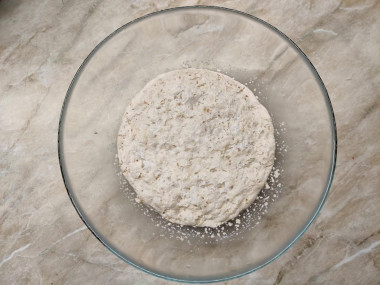
This is what my sourdough looks like. It looks like a foam cap with a pronounced yeast smell. This means that the yeast is of high quality and you can continue working with them.
Step 4:
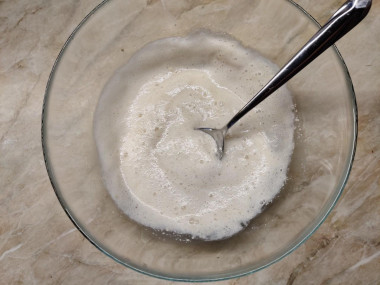
Mix the resulting foam cap to get a homogeneous air foam.
Step 5:
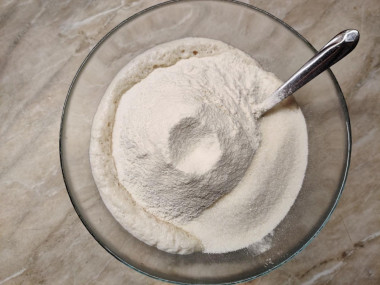
In a bowl, add salt and the remaining sugar to the yeast. Sift the flour. Please note that you may take more or less flour than I do. Be guided by the consistency of the dough.
Step 6:

Wash the eggs. Beat two whole eggs and one white into a bowl. One yolk will remain to lubricate the selected type of muffin.
Step 7:
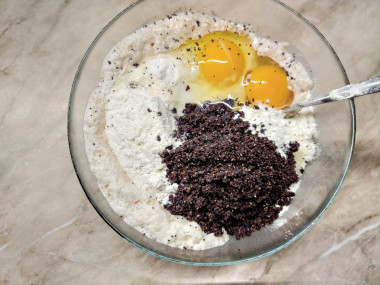
The poppy should have already had time to dry out. Add it to the dough. Mix the mixture thoroughly.
Step 8:

Add soft butter.
Step 9:

Knead the dough with your hands as long as possible until you get tired. It's a very pleasant process, I couldn't stop for a long time! Cover the bowl with the dough with a towel and leave it in a warm place for an hour. After half an hour, knead the dough and leave it to come up for another half hour.
Step 10:
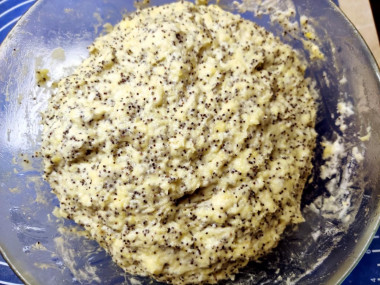
This is what my dough looks like after an hour of fermentation. In this form, the dough is ready for further work with it. I formed small buns, said yolk, let them rest for 10 minutes and put them in the oven at 180C for about 15-25 minutes. Determine the exact time and temperature of baking according to your oven.
Step 11:

And here are my buns right after baking. In total, I got twelve muffins.
I eventually covered the muffins with glossy chocolate icing. For breakfast with hot coffee, they scattered with a bang.
In addition, you can put sweet jam filling in buns, for example. Or just decorate them with icing sugar. Or roll out the dough into a thin layer, grease with jam, roll up and cut into portions. It will turn out small muffin rolls with poppy seeds. In any case, this dough will not fail.
Bon appetit!
Be prepared for the fact that you may need more or less flour than indicated in the recipe. Focus not on the amount of flour, but on the desired consistency of the dough. To avoid mistakes, read about flour and its properties!
The liquid in which yeast is bred should be pleasant to the touch, no higher than 40 degrees. Why is this important? In a warm environment, yeast is well activated, in a hot one it will die, and in a cold one it simply will not work. To avoid unpleasant surprises, check the yeast before mixing with the rest of the ingredients. Pour a little warm milk into a bowl, stir in the yeast. Cover the bowl with a kitchen towel and put it in a warm place without drafts for 10-15 minutes. During this time, a foam yeast cap should appear on the surface of the sponge. If this did not happen, then the fermentation process has not started (the yeast is overdue or spoiled). In this case, it is worth taking other yeast, otherwise baking will not work.
Keep in mind that everyone's ovens are different. The temperature and cooking time may differ from those specified in the recipe. To make any baked dish successful, use useful information about the features of ovens !
Caloric content of the products possible in the composition of the dish
- Whole cow's milk - 68 kcal/100g
- Milk 3.5% fat content - 64 kcal/100g
- Milk 3.2% fat content - 60 kcal/100g
- Milk 1.5% fat content - 47 kcal/100g
- Concentrated milk 7.5% fat content - 140 kcal/100g
- Milk 2.5% fat content - 54 kcal/100g
- Chicken egg - 157 kcal/100g
- Egg white - 45 kcal/100g
- Egg powder - 542 kcal/100g
- Egg yolk - 352 kcal/100g
- Ostrich egg - 118 kcal/100g
- Granulated sugar - 398 kcal/100g
- Sugar - 398 kcal/100g
- Butter 82% - 734 kcal/100g
- Amateur unsalted butter - 709 kcal/100g
- Unsalted peasant butter - 661 kcal/100g
- Peasant salted butter - 652 kcal/100g
- Melted butter - 869 kcal/100g
- Poppy (seed) - 556 kcal/100g
- Mac - 556 kcal/100g
- Salt - 0 kcal/100g
- Wheat flour - 325 kcal/100g
- Dry yeast - 410 kcal/100g

